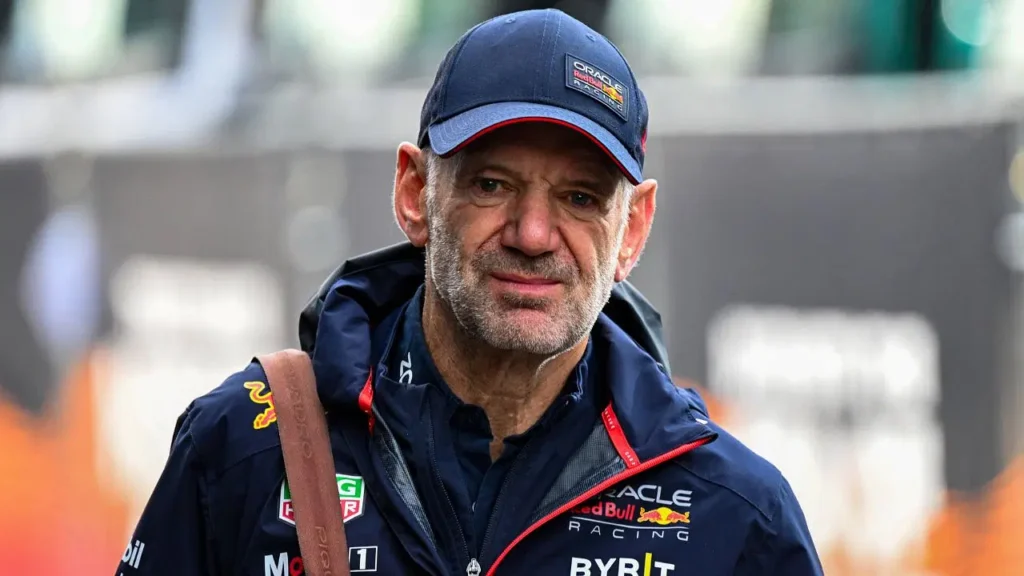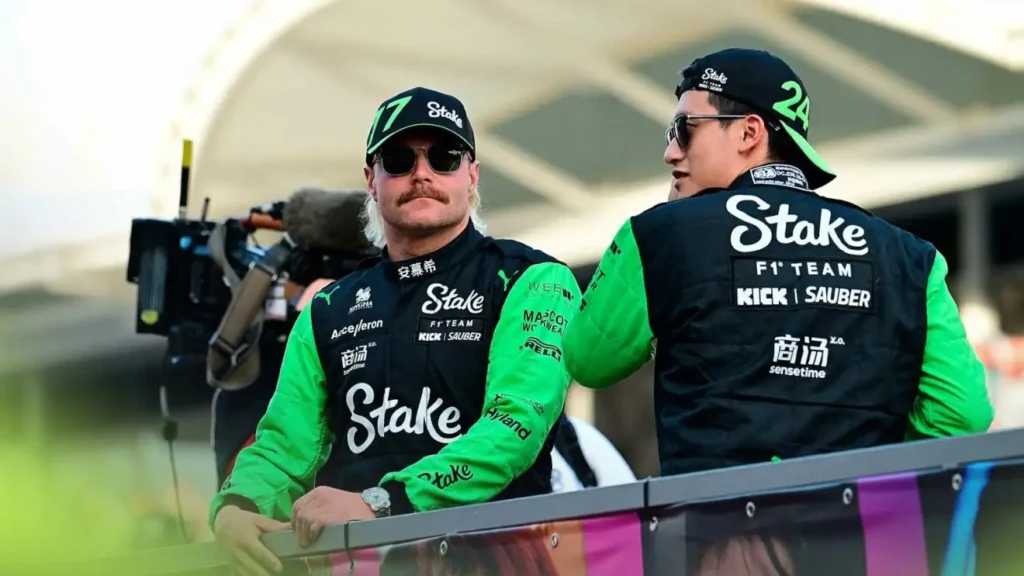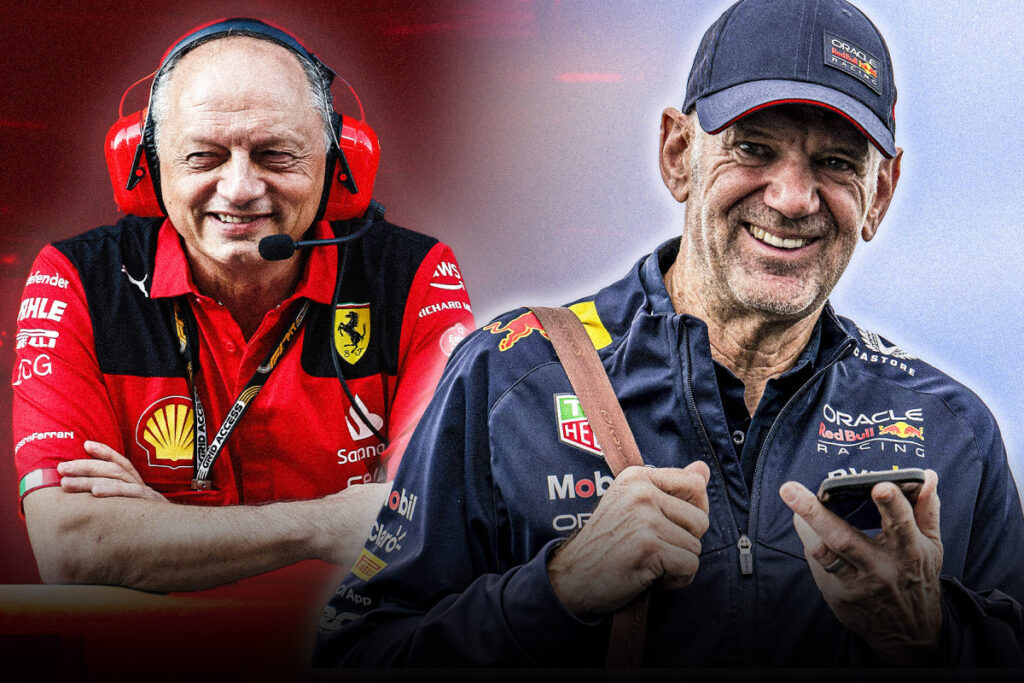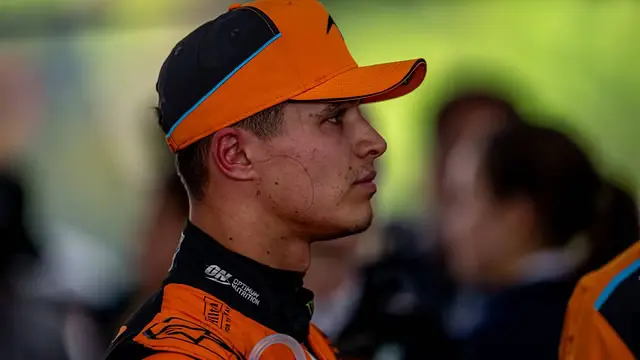
Tyres are the only parts of a Formula 1 car that actually touch the racetrack, making them a crucial element in a team’s performance. These highly advanced black circles of rubber play a vital role in defining a car’s speed, grip, and overall strategy. Every lap, every turn, and every overtaking maneuver depends on the tyres’ ability to perform at their peak. But what makes these tyres so special? Let’s dive into the fascinating world of F1 tyres and uncover everything you need to know!
Who Supplies F1 Teams with Tyres?
Ever wondered who provides the rubber that keeps F1 cars glued to the tarmac? That responsibility falls on Pirelli, the exclusive tyre supplier for Formula 1 since 2011. But their history with the sport goes back much further. Pirelli was one of the original suppliers when the Formula 1 World Championship kicked off in 1950. Over the decades, several tyre manufacturers competed, leading to what was known as the ‘tyre wars,’ where rival brands pushed tyre technology to the limits.

However, in the interest of cost control and competitive balance, F1 now has a single supplier, ensuring all teams get the same rubber. Pirelli’s current contract runs until the end of the 2027 season, meaning they will continue to shape the future of F1 tyre development.
The Evolution of F1 Tyres: How They Keep Changing
Formula 1 never stands still, and neither do its tyres. One of the biggest shake-ups in recent years came in 2022 when the sport introduced brand-new 18-inch tyres, replacing the previous 13-inch versions. This was a significant shift in how cars handle, offering a new challenge for drivers and teams.
The development process was no small feat. Pirelli conducted over 10,000 hours of indoor testing, 5,000 hours of simulations, and created 70 virtual prototypes. These were then refined across 30 different specifications and tested over 20,000 kilometers. The result? A new generation of F1 tyres designed for better racing and closer competition.
But that’s not all. As part of Formula 1’s push for sustainability, Pirelli has been actively working on greener solutions. They became the first manufacturer to produce an entire range of Forest Stewardship Council-certified tyres for motorsport, supporting F1’s goal of achieving Net Zero Carbon status by 2030. In short, these tyres don’t just make cars go faster; they help drive a more sustainable future for the sport.
Tyre Compounds: Soft, Medium, Hard – What Do They Mean?
Not all F1 tyres are created equal. For the 2025 season, Pirelli has developed six different ‘slick’ compounds, ranging from the hardest (C1) to the softest (C6). But what does that actually mean?

- C1-C6 Slick Tyres – The softer the tyre, the more grip it provides but at the cost of faster wear. The harder the tyre, the longer it lasts, but with slightly less grip.
- Intermediates and Full Wets – When rain hits, drivers switch to green-marked ‘intermediate’ tyres for light rain or blue-marked ‘full wets’ for heavy downpours.
- The New C6 Compound – Pirelli introduced an ultra-soft C6 tyre for specific street circuits, offering even more grip in low-speed, tight-cornered layouts.
Each race weekend, Pirelli selects three compounds from the C1-C6 range based on track conditions. The softest compound available that weekend is marked red, the medium is yellow, and the hardest is white. Choosing the right tyre at the right time can be the difference between victory and defeat.
How Many Tyres Do Drivers Get Per Weekend?
F1 teams don’t get an unlimited supply of tyres; they have to carefully manage their allocation. Here’s how it works:
- Standard Race Weekend: Each driver gets 13 sets of dry-weather tyres, 4 sets of intermediates, and 3 sets of full wets.
- Qualifying Bonus: Drivers who reach Q3 receive an extra set of soft tyres.
- Sprint Weekend Adjustments: For Sprint races, the allocation drops to 12 sets of dry tyres, with a mix of 2 hard, 4 medium, and 6 soft sets. The number of wet-weather tyres remains the same.
A key rule in dry races is that each driver must use at least two different slick compounds, meaning strategy plays a huge role in pit stop timing and tyre selection.
Why Tyres Are the Key to F1 Strategy
Tyres are more than just rubber – they dictate race strategies, pit stops, and overall race pace. A well-timed tyre change can propel a driver to victory, while a miscalculated tyre strategy can cost a championship.
Understanding the complexities of F1 tyres helps make watching races even more exciting. The next time you see a pit crew rush to swap tyres in just two seconds, or hear a driver complain about tyre wear on team radio, you’ll know just how critical these black circles of rubber really are.
So, the next time you’re watching an F1 race, keep an eye on those tyre graphics on the screen – because in this sport, tyres truly make the difference!






